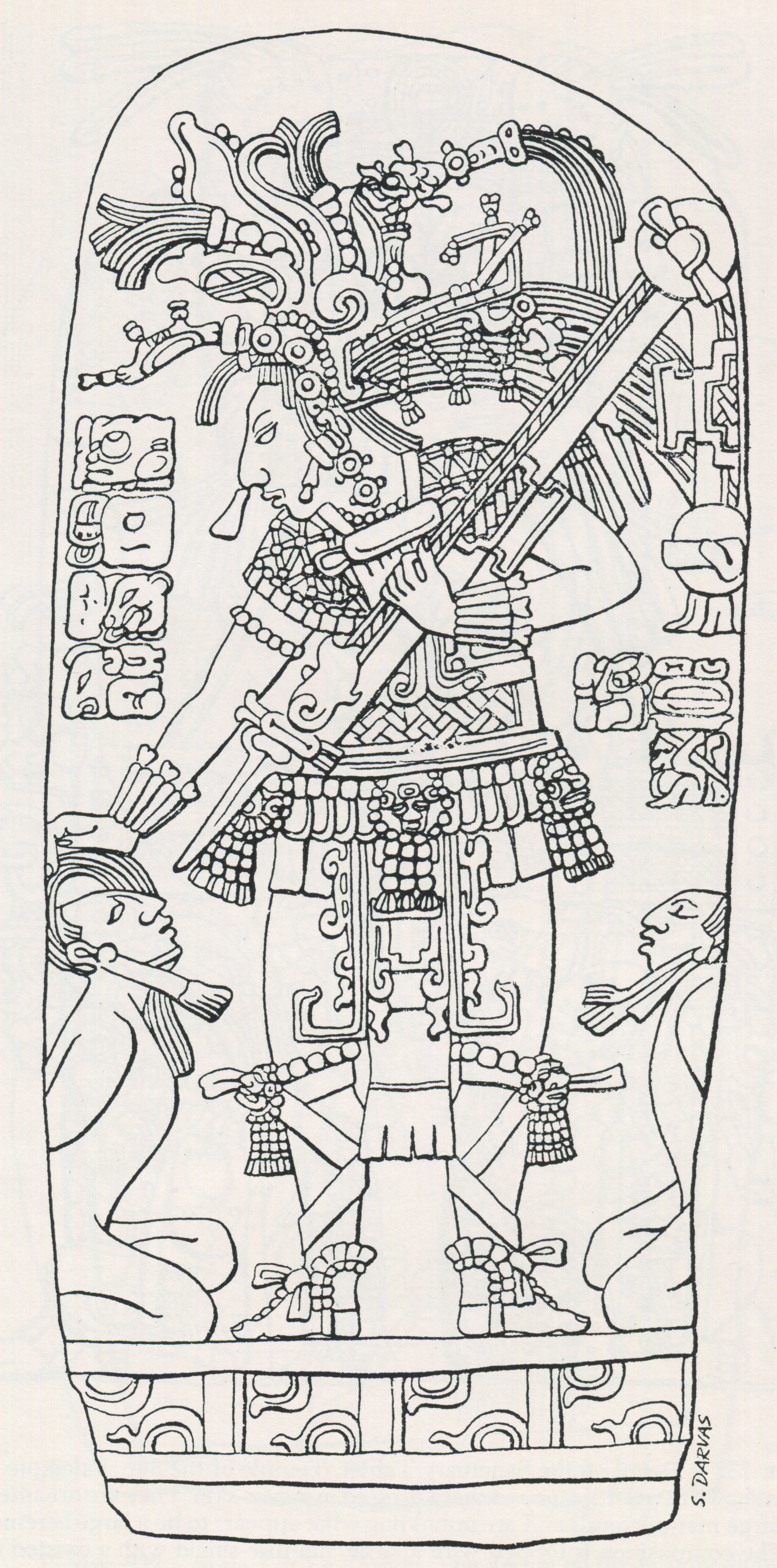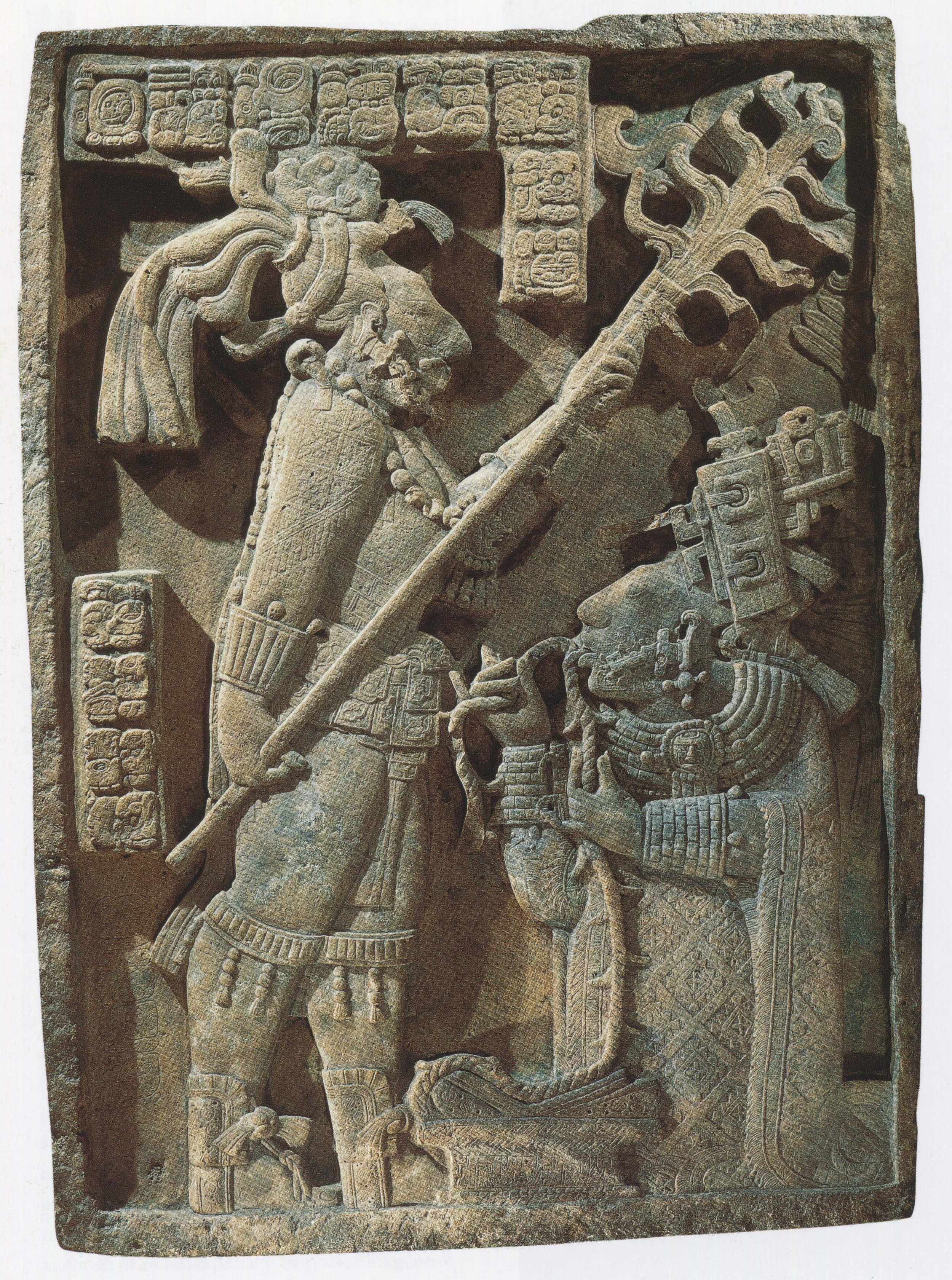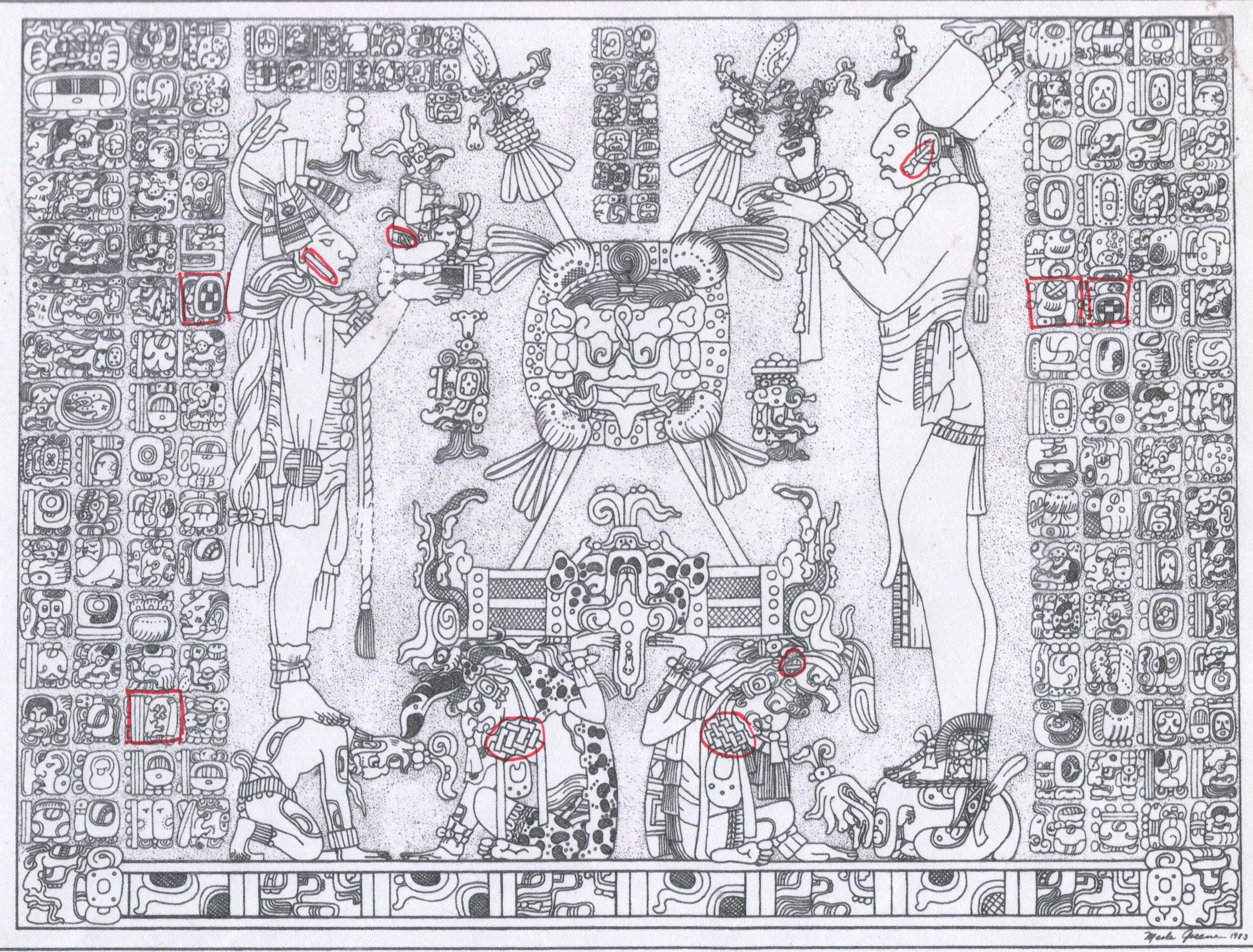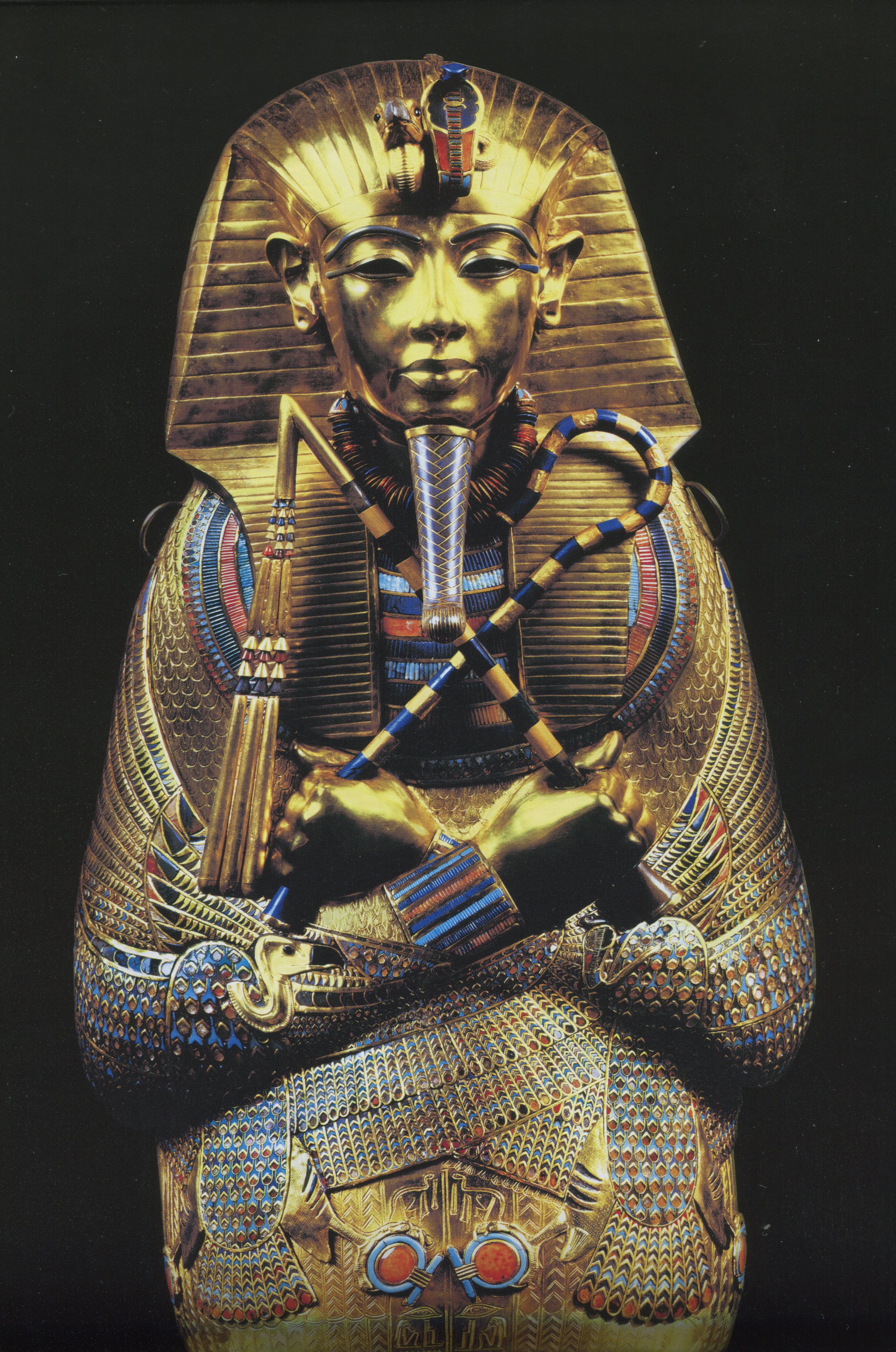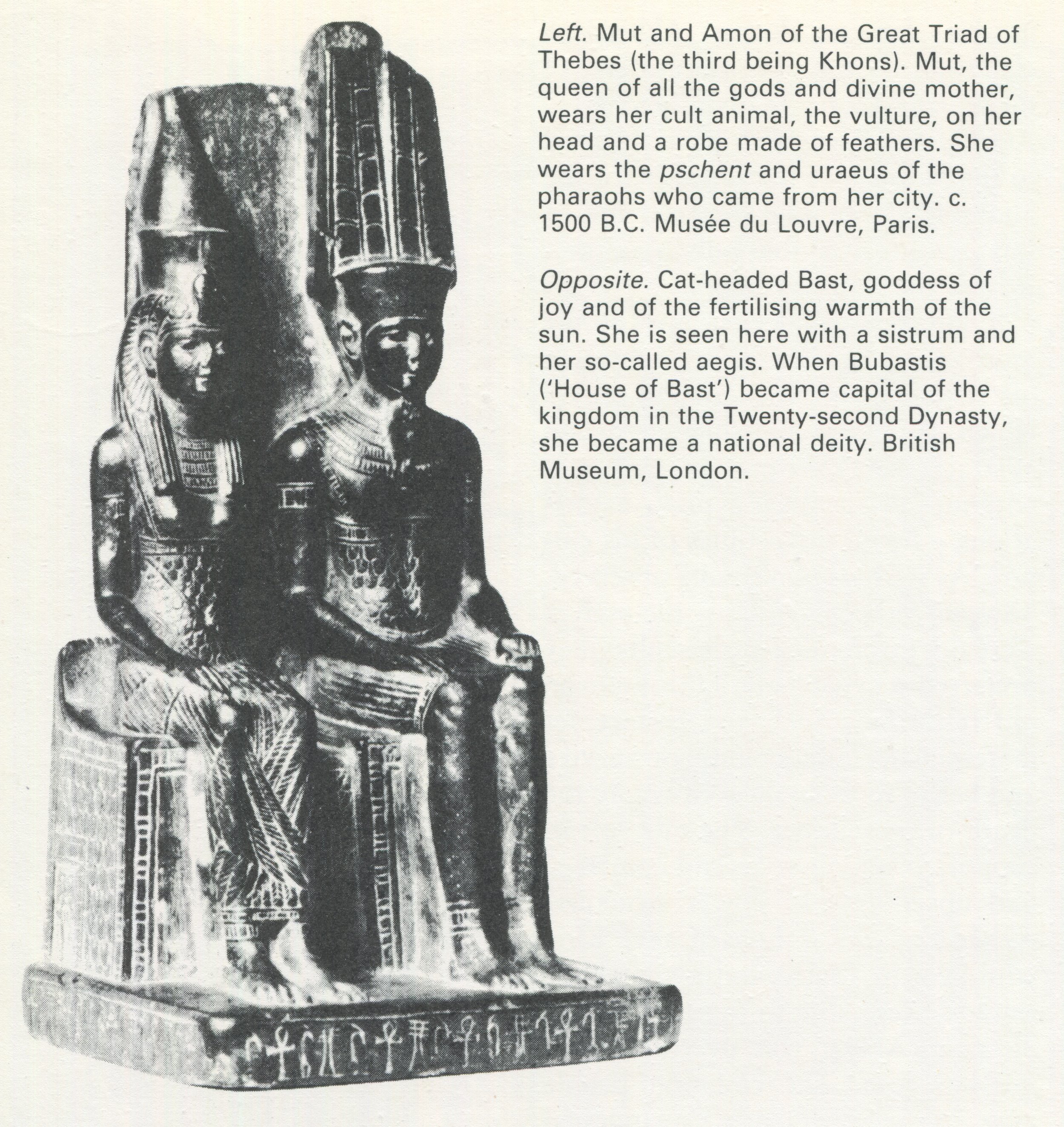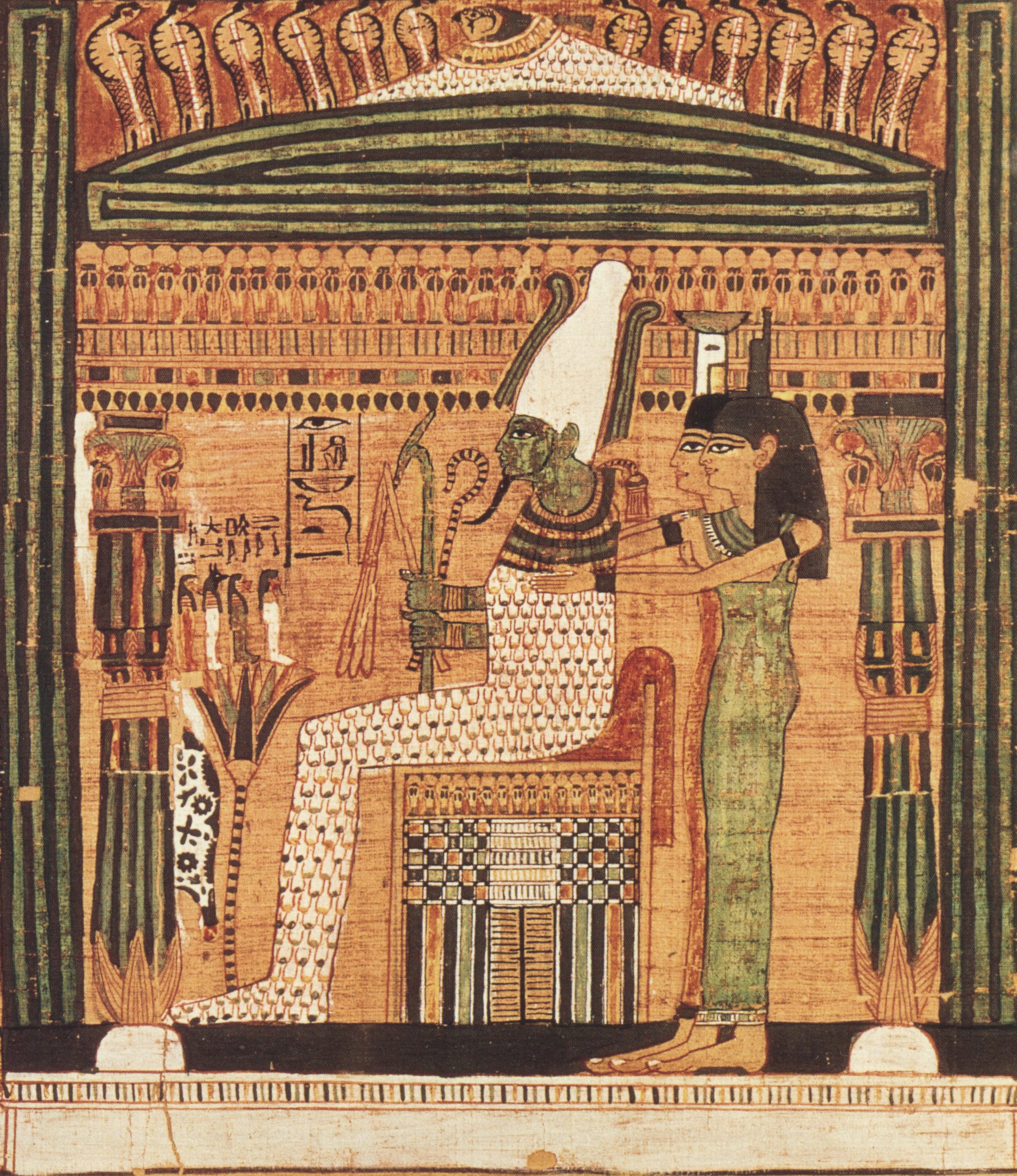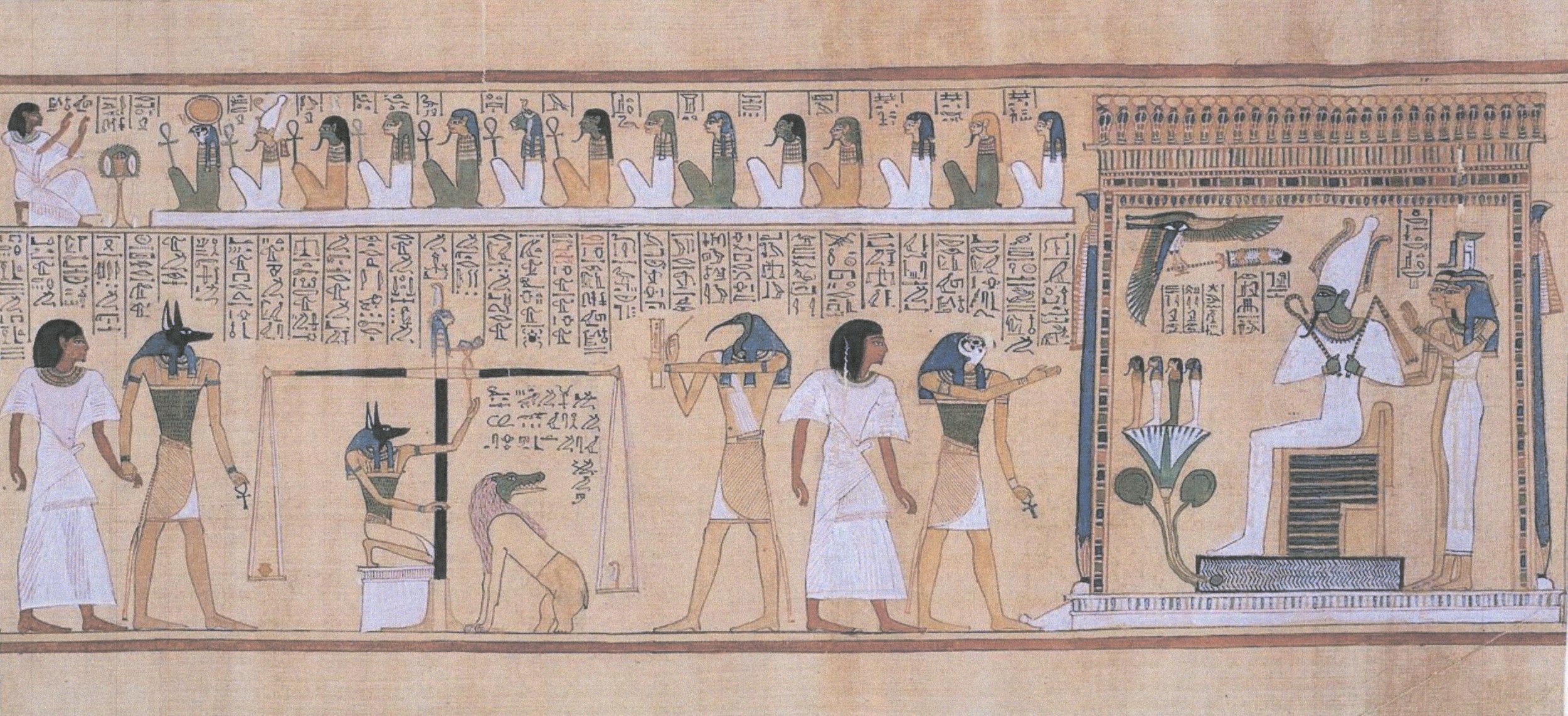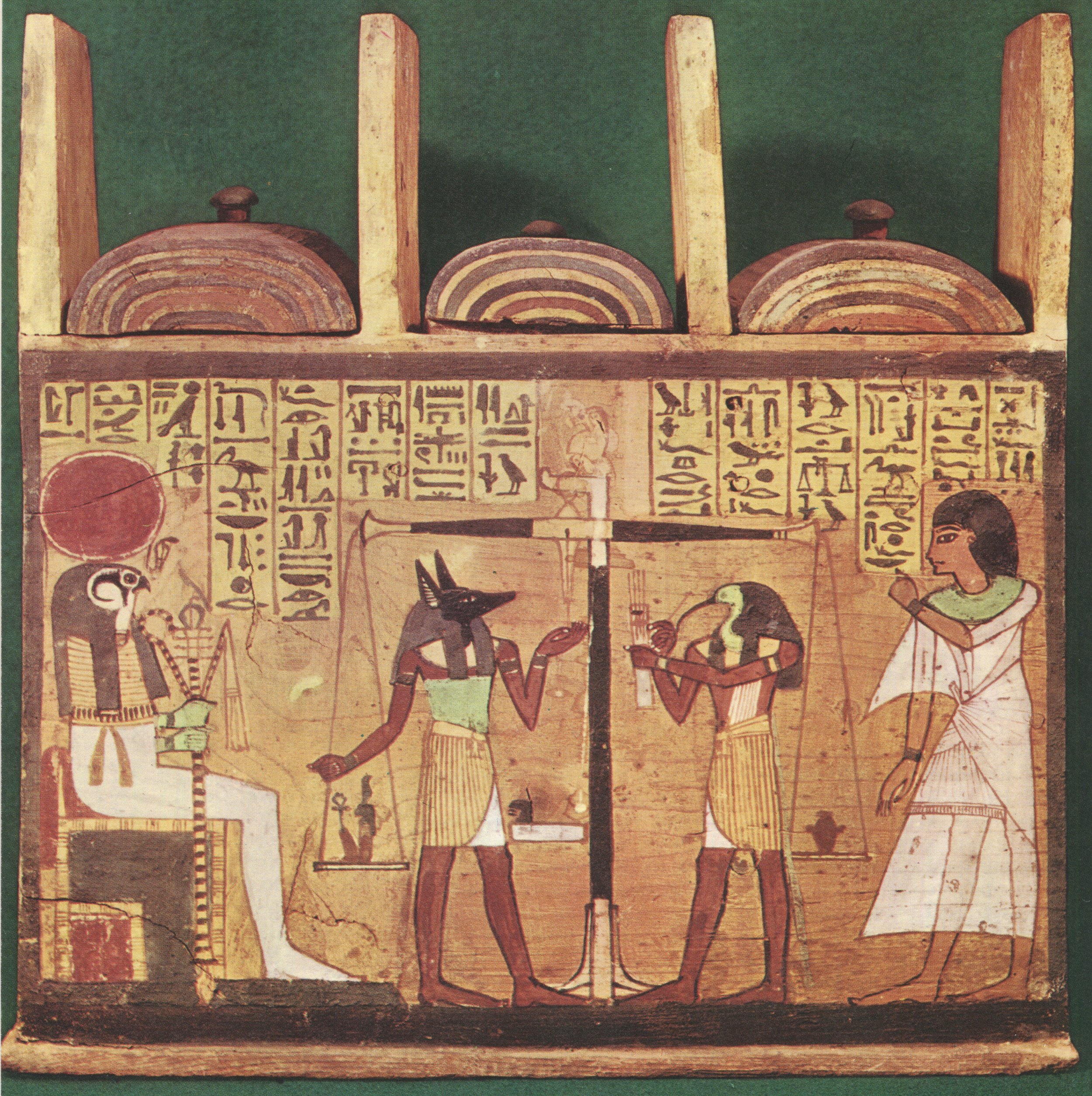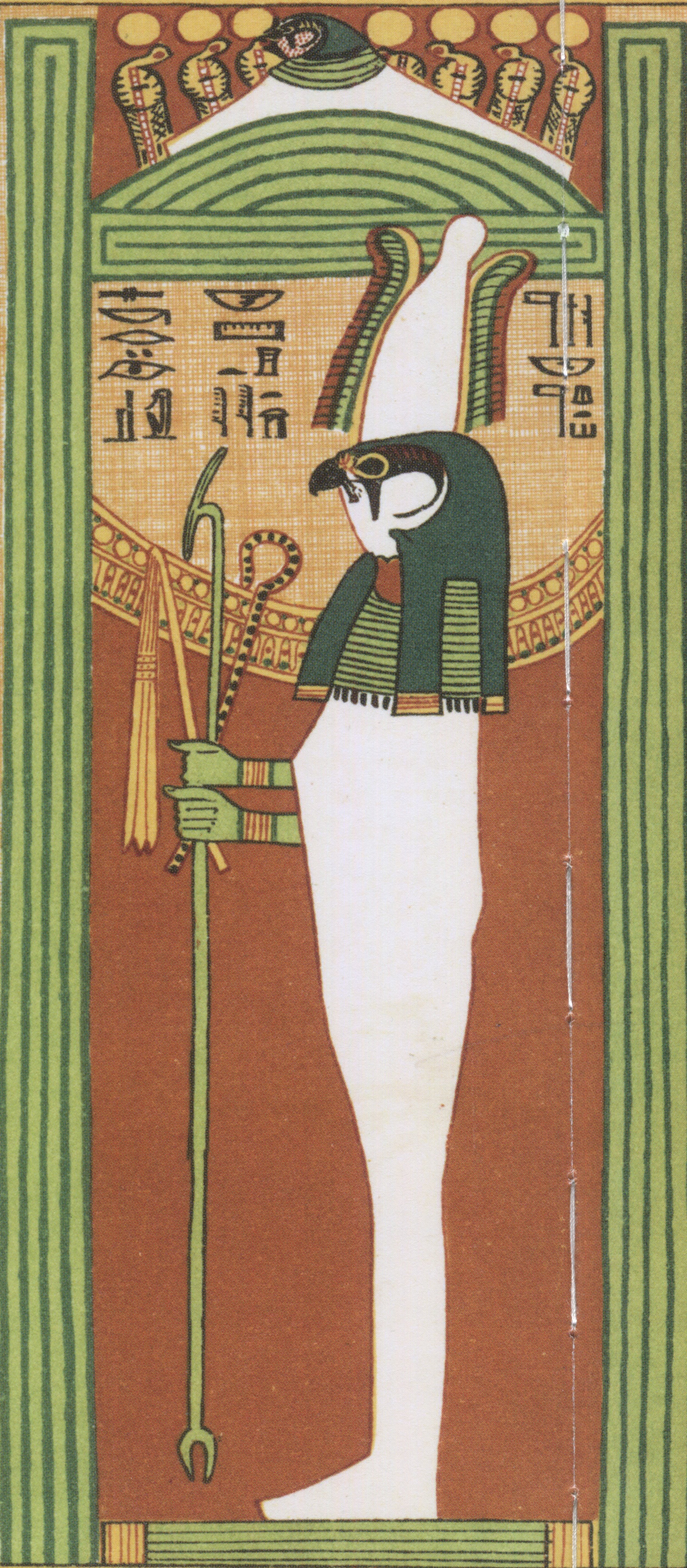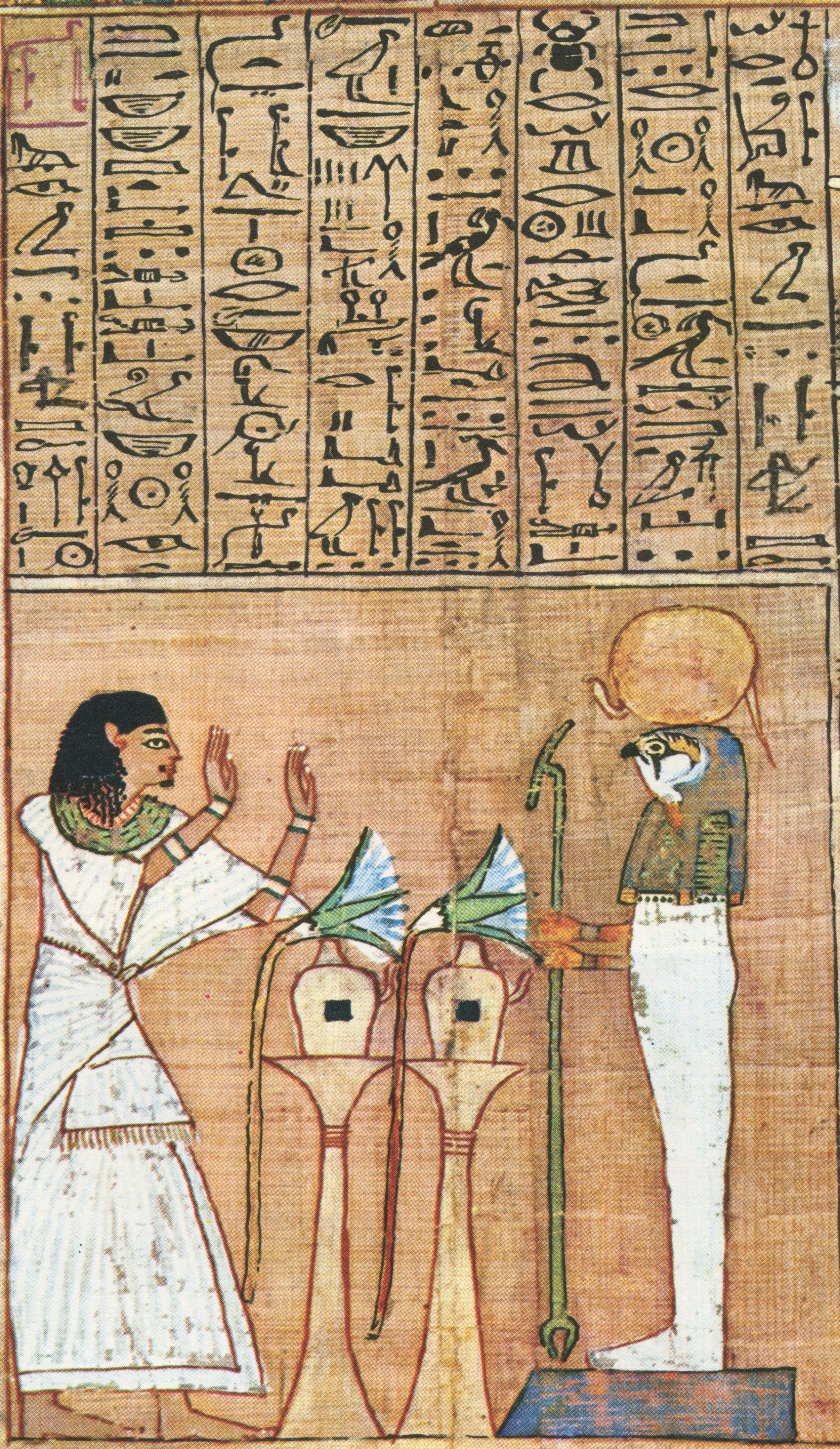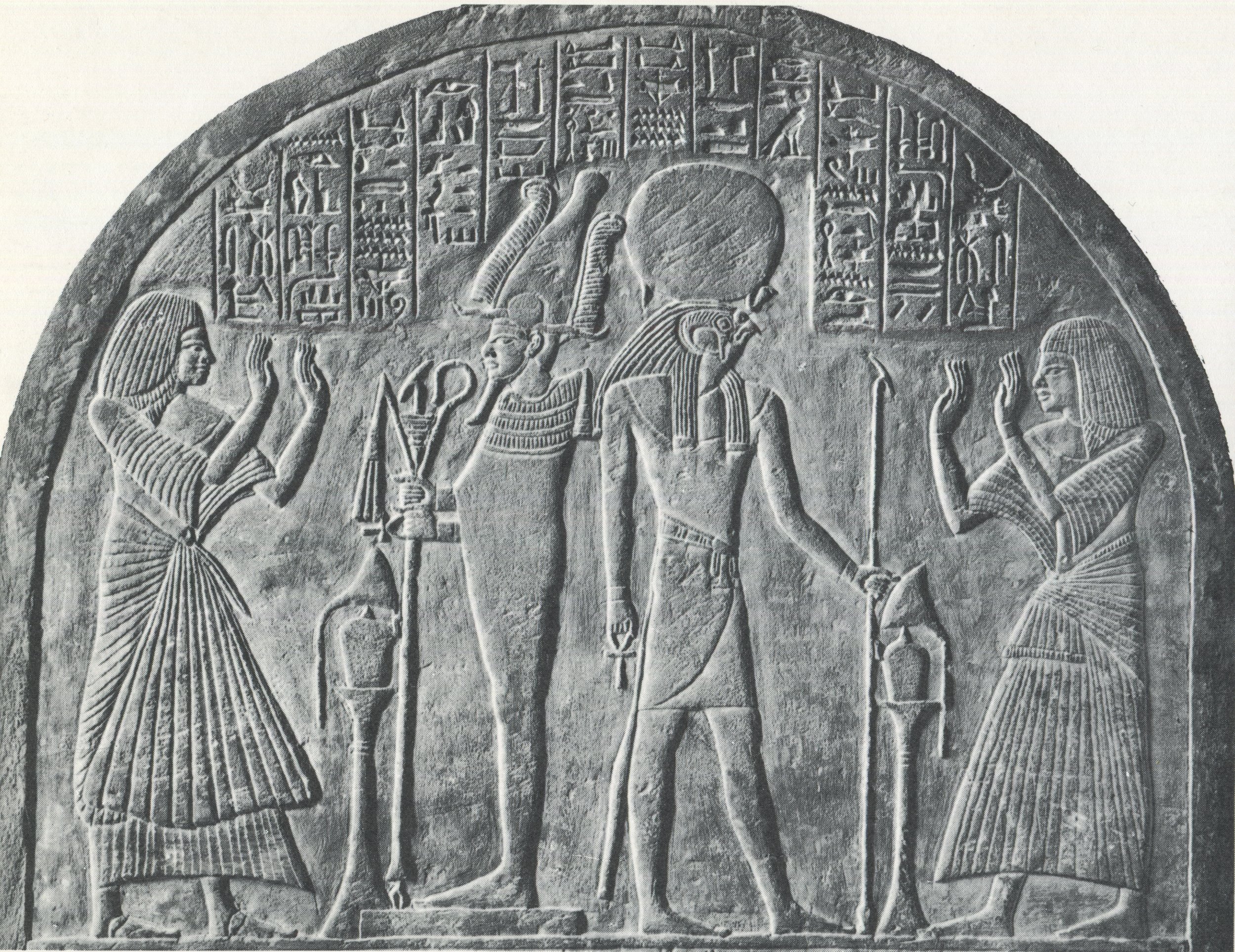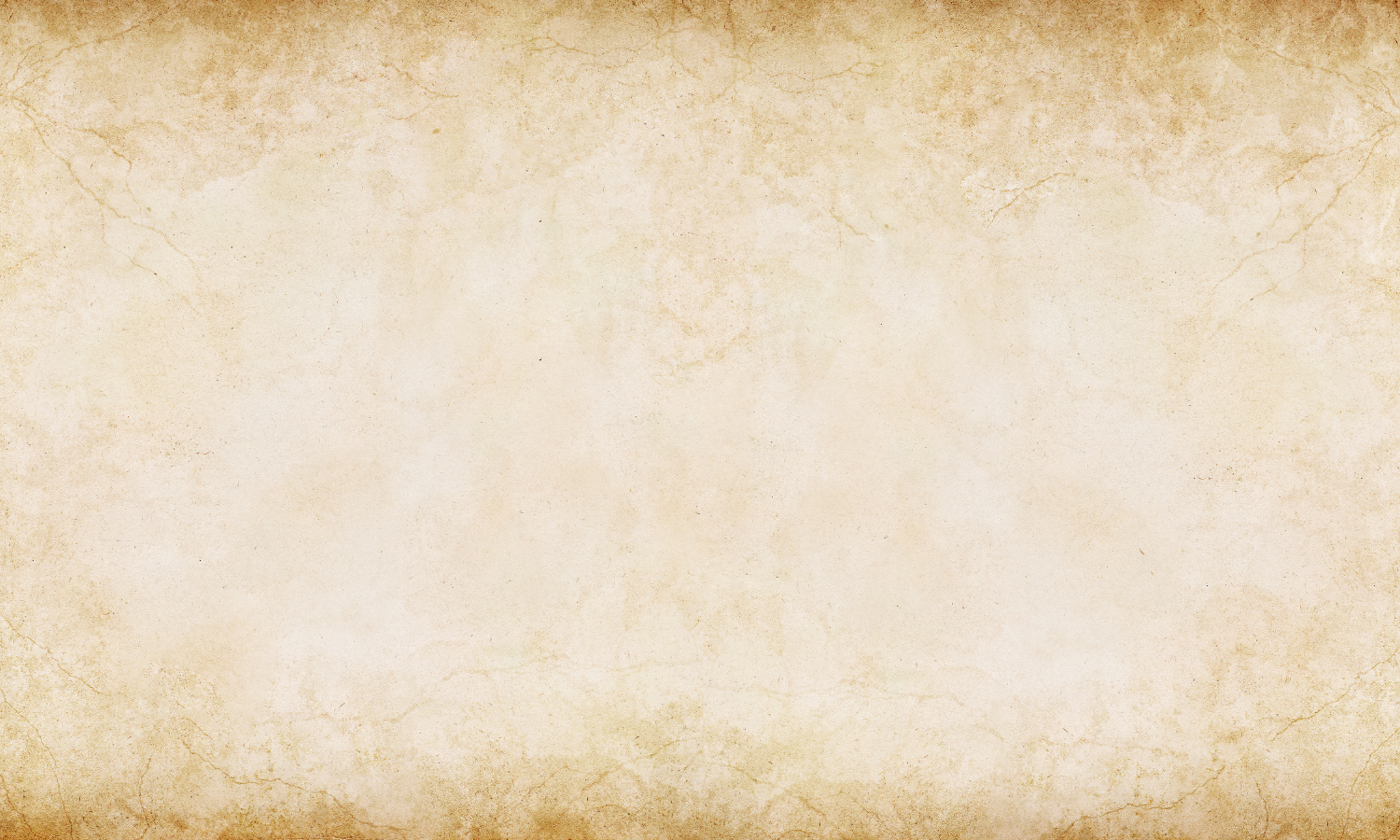
ART MOTIFS
55-71
Fig.55 Mayan Wall Panel
Fig.56 Narmer Pallette ca. 3,000 BCE Egypt
Fig. 55 Mayan Wall Panel
The angle at which the spear is held suggests the legitimization of the right to rule or conquer being linked to the knowledge of celestial mechanics and the celestial equator in particular. Compare to Fig.56.
Fig. 56 Narmer Pallette ca. 3,000 BCE Egypt
Narmer, 1st Dynasty Egypt, is shown here exercising his right to rule while wielding a mace with his right hand. The mace is shown angled down from right to left at the axial-tilt angle and is also held at a right angle to the forearm likely symbolizing earth’s rotation that appears to be divided up into three muscle groups with three striations that may be encoding earth’s three celestial mechanics or possibly symbolizing something similar to the three feathers of Osiris’ flail. The arm holding the mace ends with a ‘hook’ thumb shown in front of the mace, not holding it from behind. Below his arm is a seven-pointed star that likely symbolizes earth’s orbit around the sun. (364/7=52) The figure walking below carries a ‘tea kettle’ with a round handle and flat bottom, backwards, reminiscent of the Assyrian Bucket motif. Compare the looped lion neck motif on the back of the palette with the looped feathered serpents in Figs.27&28.

Fig.57 Stela 4 Balancan-Morales
Fig.58 Lintel 24 Yaxchilan
Fig.57 Stela 4 Balancan-Morales
The figure faces to the left and holds in his left arm a spear with the hook motif at the axial-tilt angle that along with the kin-cross glyph in his headdress implies an axial tilt-centric emphasis to the right to rule associated with earth’s celestial equator and its tilted rotation further symbolized by the bar-mat motifs on his belt. The spear is topped by a circular motif ornamented with a ‘bow’ shown at the celestial equator angle that is part of an iconographic element hanging below it that includes a rotation motif inside a cross ending at the bottom with another circular motif with a horizontal bar, perhaps symbolizing the Vernal Equinox. Compare this subjugation narrative to Fig.55 and Fig.56.
Fig.58 Lintel 24 Yaxchilan
This figure faces to the right and holds with both hands a staff with the hook motif at the top at the axial-tilt angle. The woman engaging in blood sacrifice while wearing a vertical-square net skirt suggests some sort of ritual mythologizing of the celestial equator’s feminine fertility role on the Vernal Equinox when earth’s tilted polar axis and the plane of the ecliptic briefly come into alignment.

Fig.59 Copan Carving
Fig.60 Tablet of the Sun c.700 CE Palenque
Fig. 59 Copan Carving
The staff at the left is held at the earth rotation angle. The bottom of the staff rests on the ‘ground’, possibly the plane of the ecliptic with its top touching the inside circle of the enclosing circle of hieroglyphs that likely represents earth’s rotation. The staff at the right is held at the axial-tilt angle. The bottom of the staff is held above, not touching, the baseline both figures stand on. The top of the staff similarly touches the inside edge of the circle of hieroglyphs. The brim of the hat of the person holding this staff ‘overlaps’ the staff at a right angle symbolizing earth’s celestial equator which may or may not be encoding dawn on the Vernal Equinox. The two hieroglyphs on the opposite end of the brim of the same hat are arranged at an axial-tilt angle and also touch the inside edge of the same circle the staffs do. The circular nature of this artifact suggests either the encoding of earth’s orbit around the sun and or its rotation on its tilted polar axis, possibly both at dawn on the equinoxes.
Fig. 60 Tablet of the Sun c.700 CE Palenque
The crossed spears with elliptical points suspending the Sun God likely represent the complimentary nature of earth’s celestial equator, its rotation and axial tilt, as the earth orbits the sun. There is a checkerboard glyph which I associate with the plane of the ecliptic just behind the figure at the left who is shown wearing some kind of semi-vertical ear attachment symbolically tilted in the celestial equator rotation angle while holding or offering up a deity with a kin-cross type motif in his belt that also symbolizes earth’s celestial equator. There is another checkerboard glyph just behind the figure at the right. This figure wears an ear spool with an attachment at the axial-tilt angle. This checkerboard glyph is coupled with the kin-cross motif that also symbolizes earth’s axial tilt. Compare the reversal of color of the center square of this checkerboard motif associated with the kin-cross with the other checkerboard glyph. There is another kin-cross type motif, this one with a prominent horizontal bar, down below in the headdress of the god holding one end of the horizontal motif the crossed spears rest on, possibly symbolizing the plane of the ecliptic. This god and the one holding the other end wear different interwoven mat type motifs that seem to symbolize or emphasize the relative importance of earth’s rotation and its axial tilt likely during a specific event or alignment. The long horizontal baseline that the entire narrative seems to be placed upon also seems to suggest the plane of the ecliptic. It is my belief that GI of the Palenque Triad represents earth’s celestial equator with GII representing either earth’s tilted polar axis and or Heart of Sky together, leaving GIII to represent Sovereign, earth’s orbit around the sun and the plane of the ecliptic symbolized by the checkerboard motif in GIII’s Palenque Triad glyph. (Fig.78)

Fig.61 Tutankhamun c.1325 BCE
Fig.62 Mut and Amon c.1500 BCE Thebes, Egypt
Fig. 61 Tutankhamun c.1325 BCE
Tutankhamun is holding the ‘crook’ in his left hand symbolically mimicking the earth’s axial-tilt angle while holding the flail with three feathers in his right hand held symbolically at the earth’s celestial equator rotation angle. He holds these with crossed arms across his chest. The crook symbolizes the earth’s tilted axis and the three feathers of the flail symbolize the three locations on the western horizon of the setting sun on the solstices and equinoxes. Note the alternating ‘mat’ like interwoven bands of Tutankhamun’s beard and the vulture-cobra motif on his arms and on his headdress, feathered serpents. The alternating colored bands that decorate both the hook and the flail likely symbolize earth’s rotation and its axial tilt, the celestial equator.
Fig. 62 Mut and Amon c.1500 BCE Thebes, Egypt
Mut, ‘the queen of all the gods and divine mother…’ Her cult animal is the vulture and her robe is made of feathers. Note the three large feathers that she holds between her legs dropping at the axial tilt angle and overlapping the feathers of her robe that cover her left leg that appear to be arranged at the symbolic axial-tilt angle.

Fig.63 Papyrus of Ani c.14th century BCE Egypt
Fig.64 Papyrus of Hunefer c.14th century BCE Egypt
Fig. 63 Papyrus of Ani c.14th century BCE Egypt
Osiris is shown facing to the left, possibly towards the west and holding with both hands the flail, the uas scepter, and the crook. The flail very likely symbolizes earth’s celestial equator with the feathers hanging in an axial-tilt direction and the handle held at the symbolic rotation angle. The crook represents earth’s tilted polar axis and the uas scepter probably symbolizes the connection or alignment between earth’s tilted rotation and axis with the pole star and possibly the Precession of the Equinoxes. (Fig.1a) Though he faces west it is the Vernal Equinox sun rising behind him that likely illuminates this particular resurrection narrative.
Fig.64 Papyrus of Hunefer c.14th century BCE Egypt
Osiris is holding the crook in his right hand mimicking the celestial equator angle and the flail in his left hand held at an angle mimicking earth’s axial tilt. The arms are not crossed and the crook and flail are held opposite to the way he holds them in the Papyrus of Ani. A possible clue to this reversal is the way the scales in each papyrus are depicted. In the Papyrus of Hunefer the scale’s stand and beam are perfectly vertical and level, at a right angle to each other, suggesting the weighing of the heart has finished likely at the moment of an equinoctial alignment. Whereas in the Papyrus of Ani the scale’s stand is tilted to the right symbolizing earth’s tilted axis with the beam not level dropping from left to right symbolizing earth’s celestial equator together suggesting the ongoing weighing of the heart. These two contrasting weighing of the heart scenes very likely encode similar ideas of some kind of accumulating synchronized celestial mechanical energy and or the opening of a portal in cosmic space and time just before dawn and at sunrise when the equinox sun rising due east places the observer in a triangulated relationship with the pole star aligned to true north. The ‘T’ shape of the scales and the resurrection of Christ on the Vernal Equinox along with the tau symbol very likely encode the same event.

Fig.65 Ra Horakhty
Fig.66 Ra Horakhty
Fig. 65 Ra Horakhty
Ra Horakhty, Horus of the Two Horizons is facing to the right towards the east and holding the crook in his right hand and the flail in his left with his arms uncrossed across his chest similar to Osiris in the Papyrus of Hunefer. (Fig.64) Note the net shaped cape. It is more of a vertical-square net but given the context possibly what is intended is the diamond-net shape and its association with the sky and the measuring of time. The ‘two horizons’ likely also refer to the measurement of time with dawn on the Vernal Equinox used to measure the 25,920 year cycle of the Precession of the Equinoxes and the setting sun on the solstices and equinoxes used to roughly measure the solar year, both axial tilt dependent.
Fig. 66 Ra Horakhty
Ra Horakhty, Horus of the Two Horizons, facing east and observing a ‘weighing of the heart’ scene while holding in both hands a staff with horizontal bands topped with the flail at the axial-tilt angle, the crook at the celestial equator angle, and a third object displayed vertically with what appears to be a modified Osiris djed symbol and possibly a sun on the horizon motif at the very top along with the three semicircular ‘setting suns’ arrayed across the top very likely encode the association of the Vernal Equinox with resurrection. The scale’s stand and beam are perfectly vertical and horizontal similar to the scales found in the weighing scene in The Papyrus of Hunefer. (Fig.64)

Fig.67 Horus
Fig.68 Ra Horakhty
Fig. 67 Horus
Horus is facing to the left, towards the west while wearing the atef crown and holding with both hands the ‘was’, or uas scepter, the flail in the earth’s rotation angle, and the crook in the axial-tilt angle. The semicircular motif at the top very likely represents the sun rising or setting on the horizon and the celestial mechanics involved. The atef crown is worn tilted to the right suggesting earth’s axial tilt and the three tops of the crown each seem to conspicuously align with different lines below the ‘horizon’, possibly the ecliptic, with the top of the crown just touching the spot where one of the semicircles meets the horizon. The tops of the flail, crook, and was scepter all touch the inside circle of the semicircular motif behind Horus. Through a process of elimination, it seems likely that the vertical was scepter has something to do with the pole star or possibly the Precession of the Equinoxes, both due to earth’s tilted polar axis. The ‘u’ shaped ‘hook’ bottom of the scepter and the fact it is free floating vertically seem to have something to do with earth’s axis, its relationship to the pole star, possibly on the Vernal Equinox and maybe even knowledge of the ‘wobble’, the combined effect the sun and the moon’s gravity have on earth’s celestial mechanics and the measurement of precession.
Fig. 68 Ra Horakhty
Ra Horakhty, Horus of the Two Horizons is facing to the left and holding the free floating was scepter between himself and a supplicant facing him possibly towards the eastern horizon on the Vernal Equinox.

Fig.69 Ptah Egypt
Fig.70 Egyptian Wall Panel
Fig. 69 Ptah Egypt
Ptah, the creator of the universe is holding with both hands a square modified uas scepter with the Osiris djed symbol at the top. The hooked ‘u’ bottom of the scepter does not appear to touch the ground. The djed symbol very likely represents the sunrise on the Vernal Equinox. Ptah represents the significance of earth’s axial tilt in the creation of life on earth and everything we experience, especially time and the night skies.
Fig. 70 Egyptian Wall Panel
Osiris is facing to the left likely towards the west and is wearing the atef crown tilted in the axial-tilt direction. He holds with both hands a modified uas scepter with the Osiris djed symbol similar to the one Ptah holds in Fig.69, with the additional combined significance of the flail shown in the earth rotation angle and the hook at the axial-tilt angle along with the ‘u’ shaped bottom of the sceptre shown not free floating but touching the same platform Osiris stands on. Ra Horakhty, Horus of the Two Horizons is facing to the right, towards the east, and is holding and ankh in his right hand and the was scepter in his left which does not have a ‘u’ shaped hook bottom and does touch the same ground Ra Horakhty stands on. The two was scepters with different type bottoms that are ‘fixed’, not floating, may be encoding the celestial mechanics specifically involved with the Vernal Equinox. Osiris facing west with the rising sun behind him suggests earth’s rotation and sunsets, longitude? Ra Horakhty is holding a more pointed scepter firmly touching the ground he stands on. His facing east suggests the earth’s tilted axis at dawn on the Vernal Equinox when the path of the sun directly overhead, the zenith passage, begins crossing into the northern hemisphere, latitude? The narrative depicted is essentially what lies at the core of the Osiris and Feathered Serpent cosmology, earth’s celestial mechanics, its rotation and axial tilt, the pole star, and possibly the Precession of the Equinoxes, the latter implying ancient record keeping by someone. The geometrical similarity of this wall panel with the Goblekli Tepe, Assyrian, and Olmec square bottomed buckets with round handles likely encode a similar cosmology or body of knowledge.

Fig.71 Afu-Ra New Kingdom Egypt
Fig. 71 Afu-Ra New Kingdom Egypt
Afu-Ra, the ram-headed god, represents the sun passing through the underworld and the 12 hours of the night. He is facing west, wearing the atef crown at the axial-tilt angle, and holding in both hands the flail, the crook and the was scepter. The flail is held at the celestial equator angle while the scepter and the crook are held vertically, this may have a nighttime connotation if the scepter, free floating, is in any way related to the pole star, really only visible at night, along with the crook that symbolizes earth’s axial tilt. Note the ‘x’ motif. This is essentially identical to the two Mayan kin-cross type glyphs that have one band overlapping the other symbolizing either the celestial equator or earth’s axial tilt. The one shown here symbolizes that which brings night and day, earth’s rotation, and is shown with the earth rotation band slanting down from left to right overlapping the other band slanting down from right to left representing earth’s axial tilt. This particular ‘x’ motif combined with the mostly horizontal alternating gold and dark green bands of the flail and crook seem to be encoding earth’s day and night rotation on its tilted axis with the horizontal bands suggesting the plane of the ecliptic, earth’s orbit around the sun. See Fig.43.


